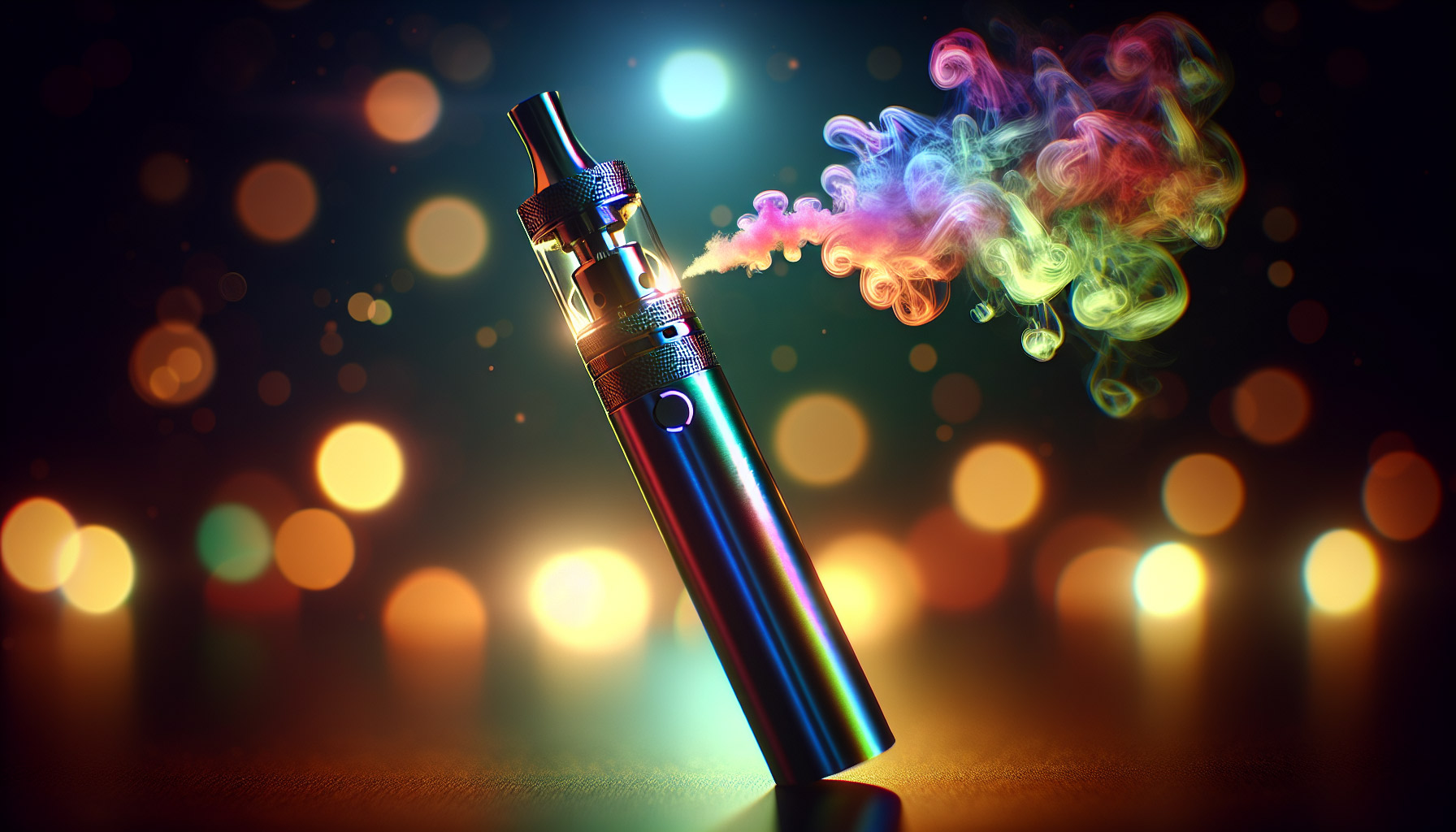The number of vape puffs equivalent to a cigarette can vary based on several factors, such as the nicotine concentration in the vape juice, the type of vaping device, and the duration of each puff. However, a general guideline suggests that:
- A typical cigarette provides around 10-15 puffs.
- To achieve a similar nicotine intake, you might need approximately 10-20 puffs from a vape, depending on the device and e-liquid used.
Vape devices and e-liquids can differ significantly in their nicotine delivery, so the exact number of puffs needed to match a cigarette’s nicotine content isn’t fixed. It’s important to consider these variables when comparing vaping to traditional smoking.
Is vaping worse than smoking?
The debate over whether vaping is worse than smoking is ongoing, but current research generally suggests that vaping is less harmful than smoking. Here are some key points to consider:
Vaping vs. Smoking: Health Impact
- Chemical Exposure:
- Health Risks:
- Long-Term Effects:
Expert Opinions
- Public Health England (PHE): PHE has stated that vaping is 95% less harmful than smoking, encouraging smokers to switch to vaping as a harm reduction strategy.
- Johns Hopkins Medicine: They acknowledge that while vaping is less harmful than smoking, it is still not completely safe.
Conclusion
While vaping is considered less harmful than smoking, it is not without potential health risks. For smokers looking to reduce harm, switching to vaping may be a better option, but the ultimate goal should be to quit nicotine use entirely if possible. It’s important to stay informed and consider both the short-term and long-term health implications when deciding between vaping and smoking.
What is the best alternative to vaping?
If you’re looking for alternatives to vaping, there are several options that can help reduce nicotine dependence or satisfy the hand-to-mouth habit without the risks associated with vaping. Here are some of the best alternatives:
1. Nicotine Replacement Therapy (NRT)
- Overview: NRT includes products like nicotine patches, gums, lozenges, and nasal sprays. These products are designed to deliver controlled doses of nicotine to the body, helping to curb cravings and withdrawal symptoms.
- Benefits: They are widely available, have been extensively studied, and can be an effective part of a smoking cessation program.
2. Nicotine-Free Vapes and Devices
- Overview: Some devices mimic the action of vaping without delivering nicotine. These can include herbal vaporizers or devices that use essential oils.
- Benefits: They allow users to maintain the hand-to-mouth habit without nicotine exposure.
3. Behavioral and Support Programs
- Overview: Programs like counseling, support groups, and apps designed for smoking cessation can be invaluable. They provide strategies to deal with cravings and triggers.
- Benefits: They address the psychological and behavioral aspects of nicotine addiction and offer long-term support.
4. Smokeless Inhalers
- Overview: These are devices designed to mimic the sensation of smoking or vaping without delivering nicotine. They can help satisfy oral fixation and hand-to-mouth habits.
- Benefits: They are nicotine-free and can provide a similar experience to vaping without the associated health risks.
5. Prescription Medications
- Overview: Medications like varenicline (Chantix) and bupropion (Zyban) can help reduce cravings and withdrawal symptoms.
- Benefits: They are FDA-approved for smoking cessation and can be effective when combined with other cessation strategies.
6. Natural Alternatives
- Overview: Options like herbal cigarettes or natural inhalers (e.g., Füm devices) do not contain nicotine or tobacco.
- Benefits: They offer a natural way to satisfy the habit of inhaling without harmful substances.
Choosing the right alternative depends on individual needs and preferences. It’s often beneficial to combine several approaches, such as using NRT in conjunction with support programs, to increase the chances of successfully quitting nicotine. Always consider consulting with a healthcare provider to find the best strategy for your personal situation.


